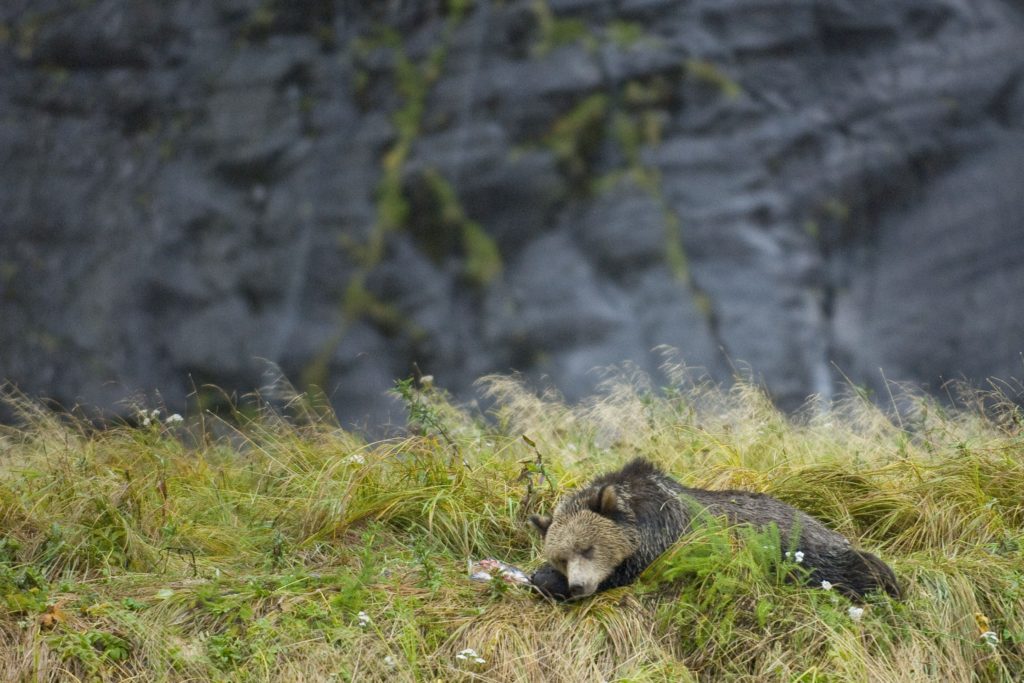BC falling short on biodiversity conservation commitments, despite extinction crisis
April 11, 2019
Vancouver, BC — The Canadian Parks and Wilderness Society, BC Chapter (CPAWS-BC) just released its preliminary analysis of progress towards biodiversity conservation in BC. This special report finds that the province needs to set its sights much higher than Canada’s 17% biodiversity conservation targets in order to stop the rapid decline of wildlife populations currently being experienced across the province. Existing protections are nowhere near enough to adequately conserve biodiversity.
“In less than two weeks, environment ministers from around the world will be sitting down together to share progress towards international biodiversity targets for 2020, and right now the resounding message from BC is that these protection targets aren’t high enough to sustain our wildlife populations,” says Jessie Corey, Terrestrial Conservation Manager for CPAWS-BC.
“We’re losing entire populations of wildlife like woodland caribou in the meantime, so we really need to hold ourselves to a higher standard for nature. We need to start looking to international examples of 30% protection targets or even 50% if we expect to give nature a fighting chance,” she says.
Conserving biodiversity by protecting large, intact landscapes is widely considered by international experts to be an essential strategy in conserving biodiversity and mitigating the impacts of climate change. Protected areas represent about 15.3% of BC’s land base. Combined with a small number of lands considered Other Effective Area-Based Conservation Measures (OECMs), BC falls shy of the 2020 targets and is nowhere near approaching the reality of what is needed to sustain biodiversity in the long term.
“By limiting ourselves to doing the bare minimum for meeting these short-term targets, we’re signing off on the continued decline of many of the species that we share these lands with,” says Corey.
“We need to look at the bigger picture of what’s needed to conserve biodiversity in the long term by setting our sights much higher than 17%, and stop trying to find band-aid solutions that only work in the short term,” she adds.
CPAWS-BC is recommending that the BC government focus on increasing protected areas coverage in the province as the primary driver towards our 2020 biodiversity conservation targets, and start taking the long view of what is needed to support healthy populations of wildlife into the future.
“Expanding protected areas is essential for the future of British Columbia,” says Corey. “Healthy ecosystems and intact forests don’t just exist for wildlife. Our communities need protected areas for sustainable livelihoods, human health, cultural values, and to ensure a liveable future.”
-30-
Read the full report: https://cpawsbc.org/wp-content/uploads/2019/04/CPAWS-BC-Report-on-Progress-to-Canada-Target-1-April-2019.pdf
Contact:
Jessie Corey, CPAWS-BC Terrestrial Conservation Manager
604-685-7445 x25
